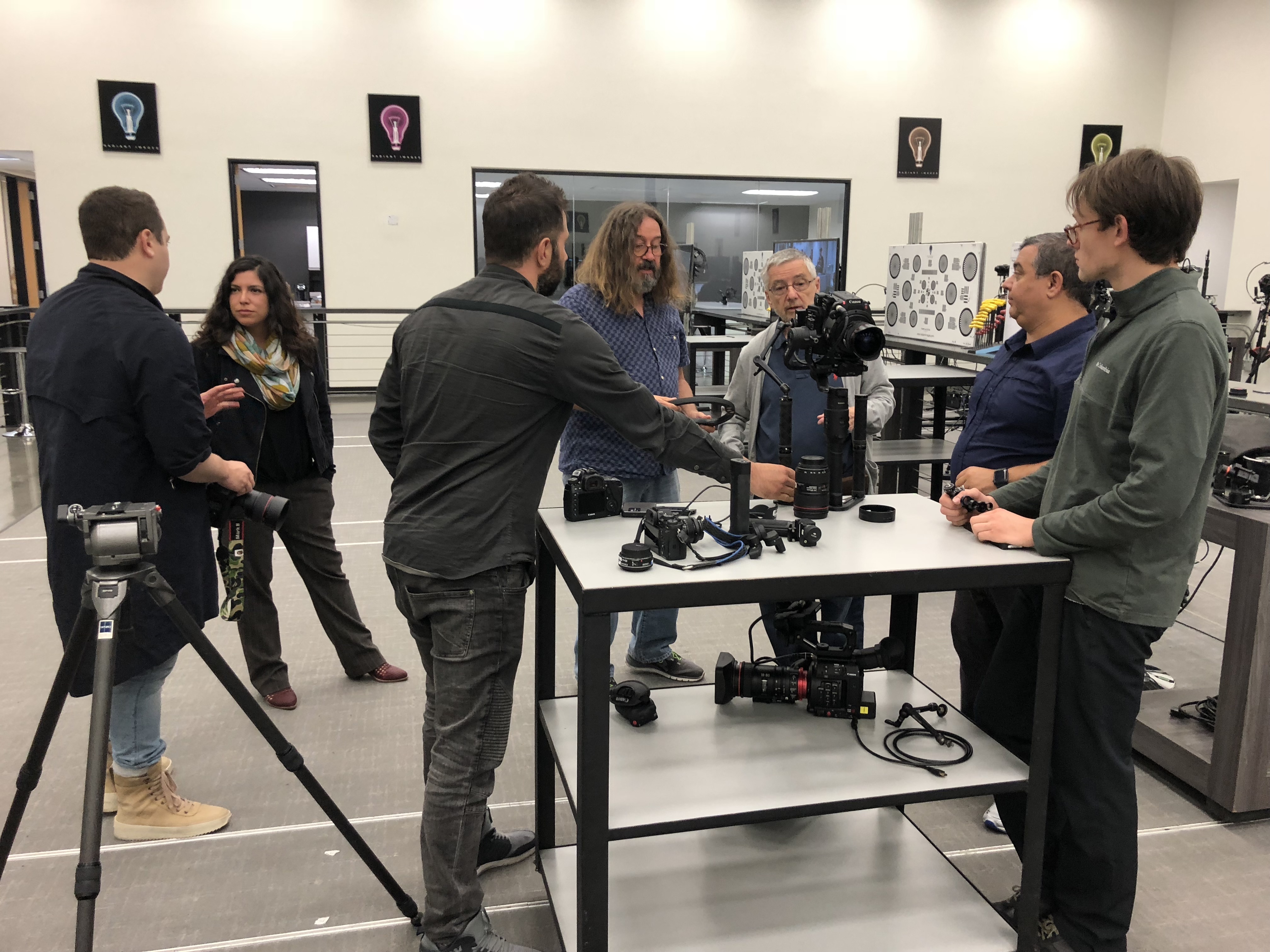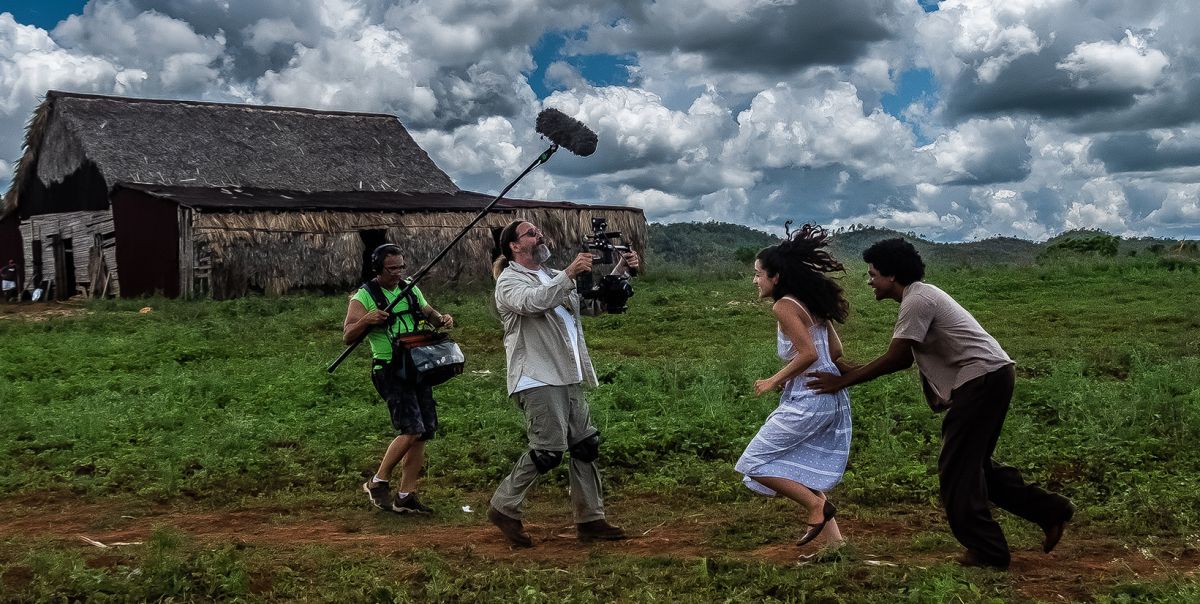The Miniaturization of Image Stabilization
As cameras have gotten smaller, so too have image stabilizers.

As cameras have gotten smaller, so too have image stabilizers. The old, big cameras got stability from the inertia of their mass. They and the cranes and dollies supporting them were hundreds of pounds — a little tiny thing wouldn’t rattle them. As cameras got lighter and more agile, they would respond to tiny bumps.
This led to the development of inertial controls like the Steadicam, an image stabilizer built on inertia that filter all the little body movements with the arm. You’re only touching it with your fingertips; with a very delicate touch, you can use the inertia to get a stabilized image. With miniature electronics, and even lighter cameras, they made smaller, lighter film steady cams, and now you can hold them in your hand.

As miniature electronics developed, these became smaller and smaller, and you could translate a horizontal movement into pan movement and a vertical movement into tilt movement. Just like the three axes of an airplane. There’s a line that goes through the wingtips that is the pitch of the airplane, a line that goes with the propeller in the tail that is the roll, and a line going through the body from the top to the bottom that is the turning, basically — the panning.
If you build a container for the camera that contains three axes, and each one has got motion sensors and motors, you can jiggle it and it’ll take the vibration out. This is the basic principle of image stabilization. The smaller the camera, the lighter and more mobile these can be.
MoVI was one of the very first to get something where you can put the camera in a little cradle and then move around and it would be stabilized. But, if you turned it at the right acceleration and velocity, it would recognize that particular move as an intentional pan as opposed to a jiggle. It’s all about the ballistics of the moves and the speed of computers and miniaturization allowed all these things to go

This allows a handheld operator to hold a small camera and run with it, walk with it, move it and still be able to pan and tilt with it, monitoring through fast wireless transmissions. With a gear head, an encoded pan and tilt head, or a pair of handles, a remote operator can pan and tilt, roll, or shut off the roll, and it looks like it’s on a dolly. It’s all level. The operator can move, and the stabilizer will move the motors in the device holding the camera so that the accelerometer motion sensors would filter out the handheld movements of the operator holding the camera. Then, the intentional signals coming from the remote operator would go right to the motors and add that to the equation.

The motors are doing two things simultaneously: They’re knocking out the accidental motion and they’re putting in the deliberate motion to keep the framing and panning and tilting. The electronics are fairly complex, but these are all doable through the genius and miraculousness of the digital miniaturization age that we’re in.





